The world has many agricultural machines developed with interesting ideas. I would like to introduce the machine that I’m concerned about in this corner. The first is a brief description of ISOBUS, which has recently been attracting attention. This is because agricultural machines compatible with this ISOBUS are becoming the standard worldwide, so the content of the standard must be explained prior to introducing agricultural machines.
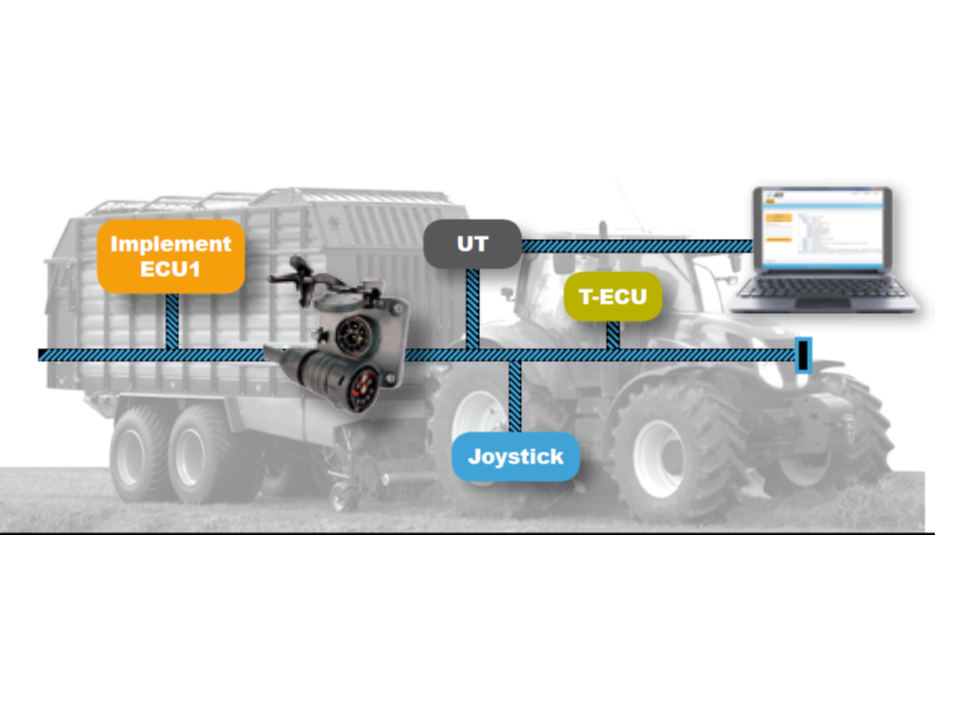
What is ISOBUS?
◎ What is ISOBUS in the first place?
In simple terms, ISOBUS is an international standard established for the exchange of information (information communication) between a instructor and a work station. Tractors and work machines today are becoming increasingly electronic, and information and communication with each other is underway. For example, it controls the movement of the work machine according to the driving speed (speed) of the instructor, memorizes the setting information of the work machine, and automates what was previously supplemented by the knowledge and skills of the person driving and operating. ISOBUS is a universal commitment that is designed to ensure that telecommunications can be carried out by any combination of vendors and workstations worldwide.
◎ What are the advantages of ISOBUS?
・ Connecting a single cable between the instructor and the work station makes communication and operation possible, eliminating the tractor for additional wiring or control devices. All the functions of the machine can be controlled from the operator panel of the instructor.
・ Agricultural machines conforming to the ISOBUS standard allow different machine manufacturers to select different machines because they can be used in conjunction with each other.
◎ What does ISOBUS do?
In Europe and America, ISOBUS has been working with ISOBUS as a leading tracker manufacturer since its inception. Initially, it was designed to support mid-size and large-size models of more than 150 horsepowers, but today it is also being expanded to support small-sized instructors around 90 horsepowers. In recent years, large-scale manufacturers and small-and medium-scale manufacturers have been making progress in their efforts, and the number of models that are compatible with all types of work machines is increasing, including sprayers, materials spraying machines such as broadcasters, field-action machines such as sowing machines and potato planters, and grassland-use machines such as roll balers.
We’ll begin with a brief introduction to ISOBUS. “ISOBUS” complies with the ISO 11783 Tractors and machinery for agriculture and forestry-Serial control and communications data network (Serial Control and Communication Networks for Agricultural and Forestry Tractors and Work Machines).
This section describes some keywords. 1. Serial control Serial control means control by “serial communication”.
Serial communication is a method in which data flows continuously as if it were a spinning spatula.
Serial Communications

2. Connector cable The connectors and cables used in ISOBUS are pre-defined with the data assigned to each terminal and cable.
Connectors and Cables

3. Communication Control Communication control method refers to the arrangement regarding the order and length of data in serial communication.
Communication Control
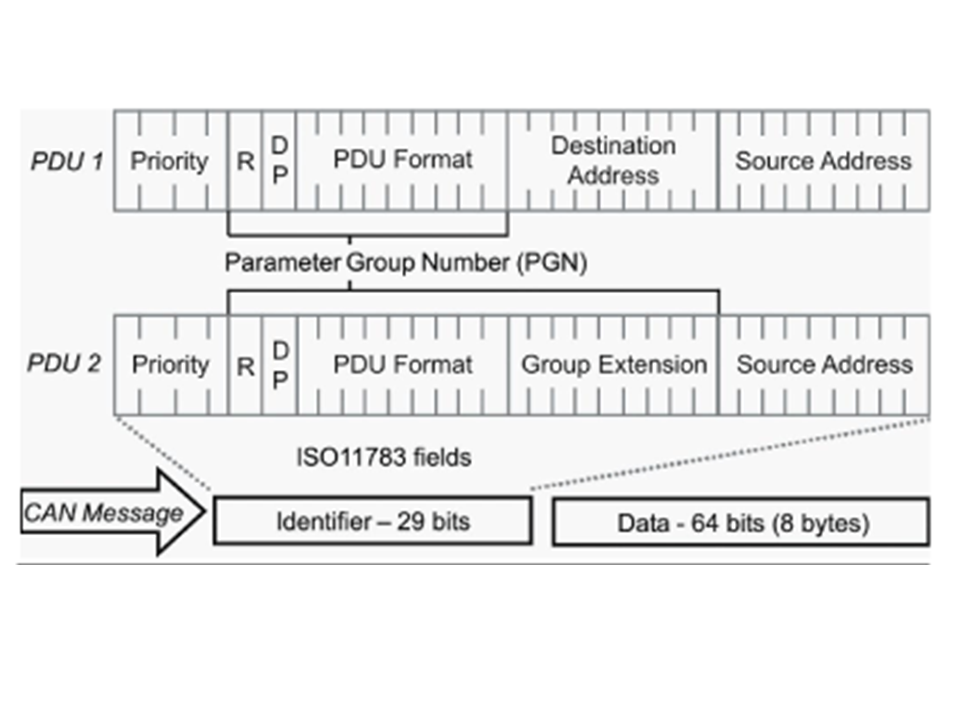
ISOBUS has a certification system. Only models that have passed the tests of the Agricultural Industry Electronics Foundation(AEF Global Farming and Electronic Foundation are certified, and certification labels are issued.
AEF Certified Items
AEF authenticates nine aspects of ISOBUS, including those currently under development.
ISOBUS Certificates
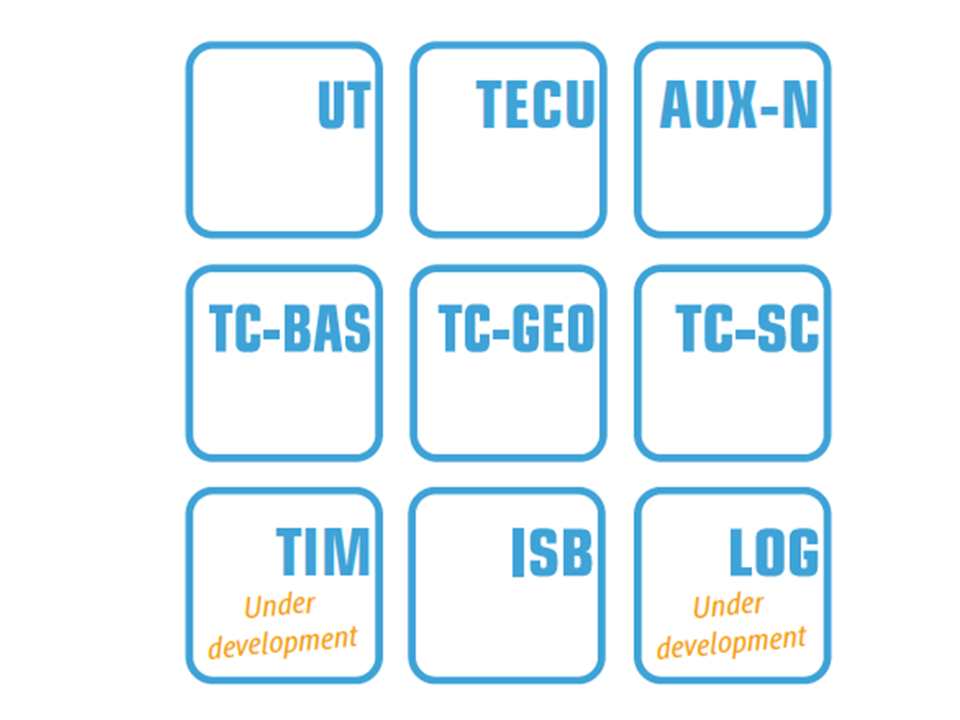
1. UT(Universal Terminal)
This is the standard for the terminal. Required Performance ・ Can a single workstation be controlled by various terminals? ・ Can various workstations be controlled by a single terminal?
2. AUX-N(Auxiliary Control “New”)
This is the reference for the auxiliary controller (mainly a joystick). Required Performance ・ Is the machine controlled correctly? AUX-N(Auxiliary Control “New”) and AUX-O(Auxiliary Control “Old”) Are of two types but are incompatible
3. TC-BAS(Task Controller basic/ workstations)
This is the basis for the task controller. Required Performance ・ Is data available to evaluate the work? ・ Is the machine transmitting data? ・ Task-Controller to Farming Support Software ISO-XML Format Can the data be passed by? ・ Is there a working data import/export function?
4. TC-GEO(Task Controller geo-based)
This is the basis for handling geographic information in the task controller. Required Performance ・ Can geographic information be obtained? ・ Can I perform operations based on geographic information? (e.g. variable fertilization based on map)
5. TC-SC(Task Controller Section Control)
This is the basis for the task controller that performs the section control. Section control is a function that divides a work machine into several sections and automatically switches each section ON/OFF. Required Performance ・ Can the section control be fully automated from location information and overlapping work area data? (e.g., sprayers, sowing machines, broadcasters)
6. TECU(Tractor ECU)
Standards for the attractor ECU, which provides electronic control of the attractor. Required Performance ・ Can I output data such as speed and PTO speed? ・ Are the connectors located on the back of the attractor and in the cabin? The settings can be divided into Class1・ Class2・ Class3 categories.
Required Performance for Each Class
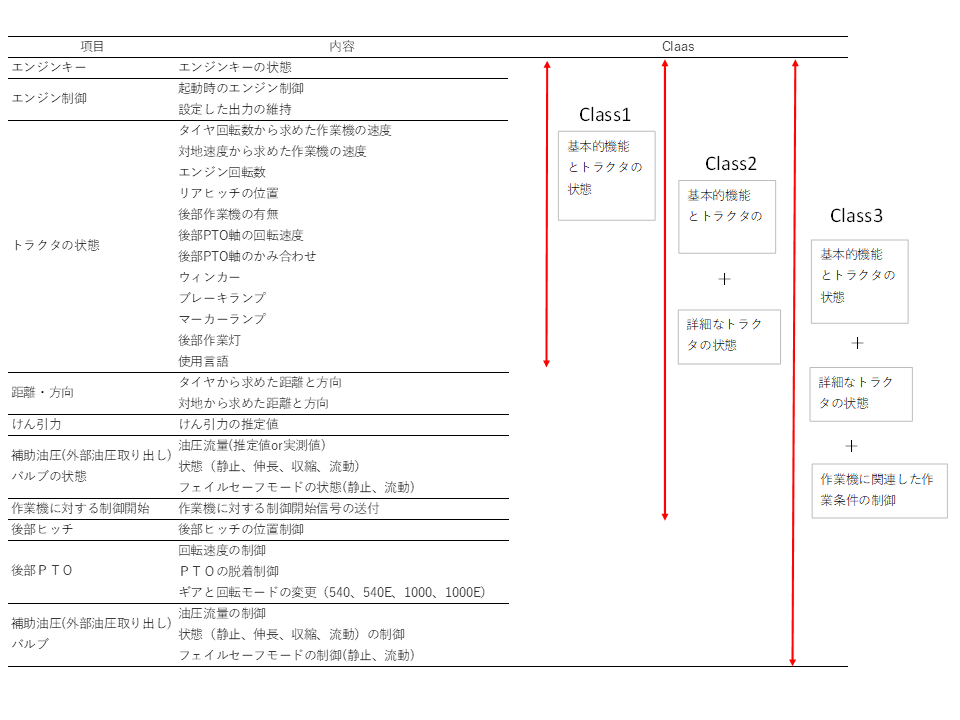
7. ISB(ISOBUS Shortcut Button)
This is the standard related to ISOBUS shortcuts buttons that can be used to turn functions on and off with buttons. Required Performance ・ Can I turn off the functions of the workstations that are connected to the ISOBUS terminals? Functions that can be stopped by the ISB must be set in advance by each manufacturer.
8. TIM(Tractor Implement Management) [Under development]
TIM is a standard for enabling bidirectional control of the attractor and the work station. Currently, the information flow of the attractor ECU is one-way, and the work speed of the attractor and the rotation speed of the PTO axis cannot be controlled from the work station side. However, with the development of TIM, it is possible to work with optimum working conditions automatically. This feature is the primary benefit of ISOBUS.
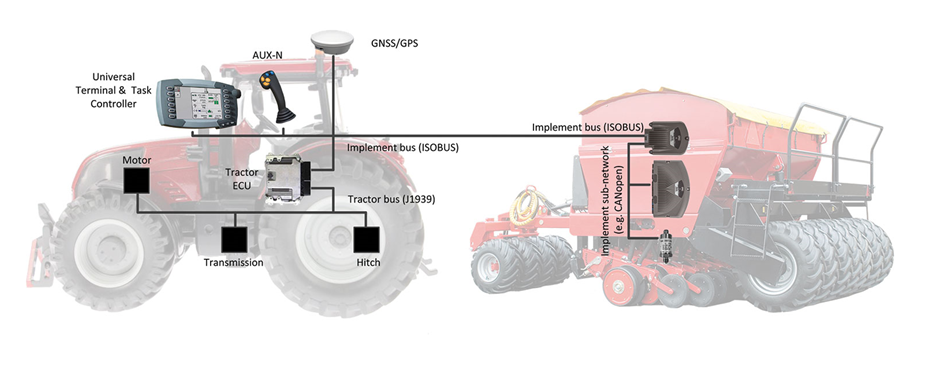
9. LOG(Logging of device values independent of the task) [Under development]
This standard is intended for collecting and aggregating work record data (logs) of the attractor and work. This improves the data compatibility between the attractor/work machine and farming support software. Required Performance ・ Exporting working records in ISOXML format ・ Network-connected data loggers can be used
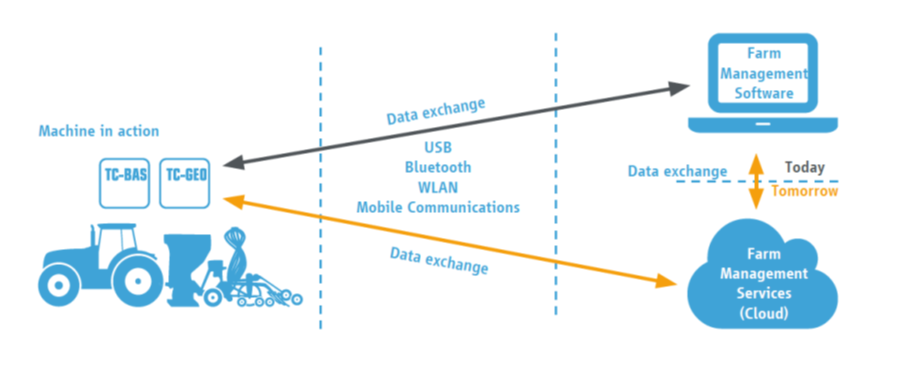
We provide consultation on designing agricultural machines compatible with ISOBUS and certifying systems. If you’re interested or interested inQueryPlease.
Next, we will introduce the various agricultural machines that we want to support ISOBUS. [Quotation source of images etc.] AEF ISOBUS database




